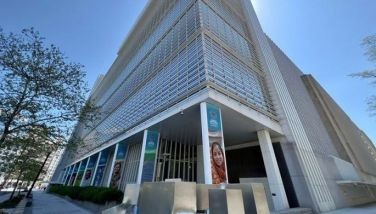Barangay rangers at frontlines of protecting Ilocos Norte’s forests
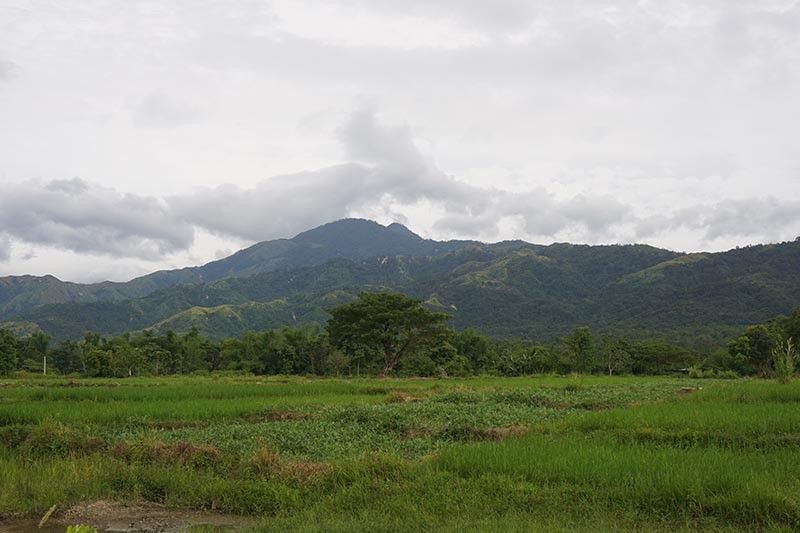
ILOCOS NORTE, Philippines — Every month, for 10 days, 68-year-old farmer Jaime Quilling hikes for three hours up a nearby mountain in Barangay San Francisco in Dingras town. With him are 35 fellow barangay ranger officers (BROs), who patrol and maintain 100 hectares of forest land.
“Our trees in the mountains are thick and have grown in numbers since then as we don’t want people to cut them down [illegally],” Quilling said. He attributed this to the work they do as BROs, which their barangay formed in 2015.
Quilling is among the 209 active BROs deployed in eight municipalities and cities across Ilocos Norte. Established in 2011, the BROs’ primary duty is to safeguard the province’s 8,000-hectare Green Wall reforestation project, in support of the National Greening Program (NGP). Barangay San Francisco started their BRO program in 2015.
Due to the limited water irrigation in their area, farmers in their sitio (zone) of San Roque can only plant and harvest rice once a year. Thus, Quilling and other BROs view their work as BROs as a more stable source of income. Each BRO receives a monthly compensation of P4,000.
Given these conditions and their proximity to the mountains, all BROs from their barangay come from Sitio San Roque.
Rooted in their own communities, BROs are a crucial part of the Green Wall reforestation program. But are these efforts enough to arrest deforestation and combat climate change in the country?
Minimized kaingin practice
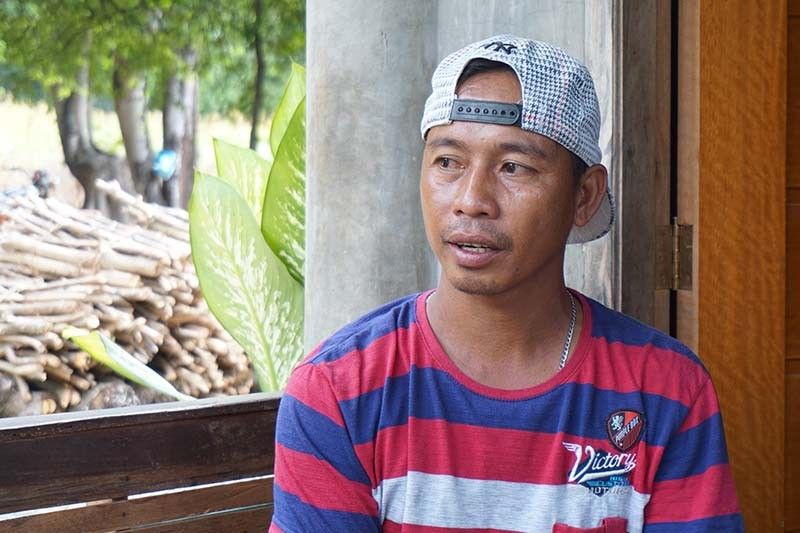
Joey Ferrer, president of the BROs in Barangay San Francisco, said that he and his team are constantly on alert for any signs of a forest fire. Upon seeing smoke or any signs of fire in their area, the BROs immediately respond even at night.
Ferrer, 39, believes that the fires are not accidental. He attributes them to the kaingin or slash-and-burn farming, which had burned some areas of their mountains.
In their neighboring town Solsona, a forest fire due to human activities hit at least 45 hectares of forest land in various villages last March.
According to Philippine Science Letters, deforestation and kaingin are said to be integral components of the process of forest destruction, which could pave the way for the “local extinction” of many forest species. Moreover, kaingin causes severe erosion, depletes soil nutrients, damages watersheds, and reduces floral and faunal biodiversity.
Since the BROs started patrolling in their area, Ferrer says that the fires have been minimized.
“I befriended everyone here—that’s why they no longer plan to set fire to the mountain,” he shared.
Aside from planting and maintaining native and fruit-bearing trees, BROs also report illegal loggers and establish firelines to prevent large-scale fires in their area.
Community-based interventions
The BRO program is an example of community-based forest management. For Prof. Arlene Gonzales, a climate change expert from Mariano Marcos State University (MMSU), such intervention plays an important role in climate mitigation and adaptation as it could pave the way to expand the forest cover in an area, which can help absorb carbon emissions.
In 1995, the Philippines institutionalized the Community-Based Forestry Management (CBFM) program, which aimed to specifically protect forest lands for the community to attain social equity and sustainability.
Gonzales pointed out that conservation efforts usually failed before the emphasis on the community’s role. But now, BROs themselves manage forest plantations where seedlings are grown and lead conservation programs.
While the massive reforestation project is in line with NGP, the inclusion of community members is a vital factor in the maintenance, according to Gonzales.
“The good advantage of involving the community in the reforestation or even conservation of our forests is that the sense of ownership is actually in their hands,” Gonzales said.
Less forest cover?
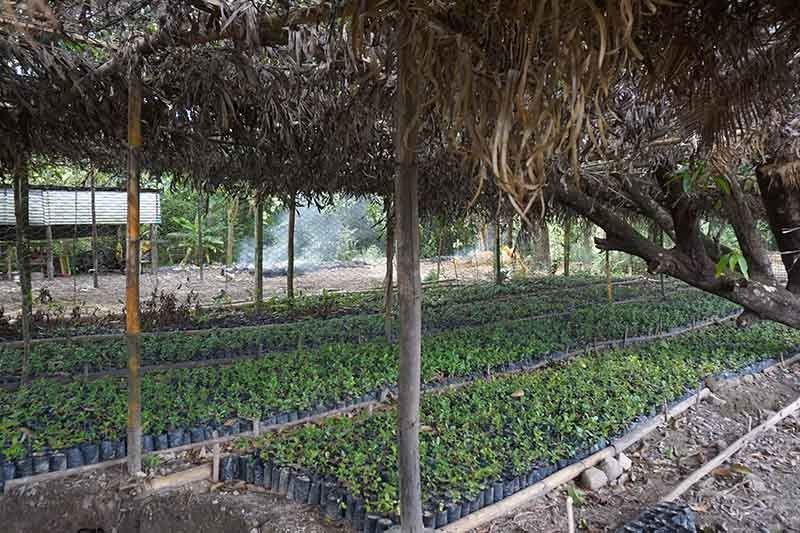
One measure to assess the impact of the BROs and the Green Wall program is the rate of deforestation.
According to the 2022 Global Forest Watch report of the World Resources Institute, (WRI) Ilocos Norte lost 2,710 hectares of tree cover, equivalent to a 1.5% decrease from 2001 to 2022. The data is based on spatial data and satellite imagery.
For the period 2001 to 2022, Ilocos Norte ranked 69th out of 81 provinces listed for tree cover loss. In contrast, Palawan, which topped the list, lost over 202,000 hectares.
Data from Mongabay also showed that as of 2018, Ilocos Norte had the largest share of tree cover among Region 1 provinces, accounting for 54% of its land area.
Marygail Antonette Killa, Ilocos Norte Provincial Environment and Natural Resources Officer, said that the province boasts of a healthy green canopy and primary forests because of the Green Wall program, as well as mangrove forests.
“There are portions in our green canopies that trees do not seem apparent, but it does not mean that we are degraded; we simply need to plant more trees,” she added.
While Gonzales agreed that Ilocos Norte does not face severe deforestation compared to other provinces in the Philippines, she also underscored the need to enhance it.
Killa also claimed that the program further helped protect the province from strong typhoons. According to data from MMSU and the Philippine Atmospheric, Geophysical, and Astronomical Services Association (PAGASA), an average of nine of the 20 tropical cyclones that strike the country directly affect the province of Ilocos Norte.
“As we can observe, there is almost no news regarding eroded areas [during typhoons] in our plantation areas. We are not affected as we are [continuously] maintaining our green canopy,” she said.
Climate-oriented reforestation
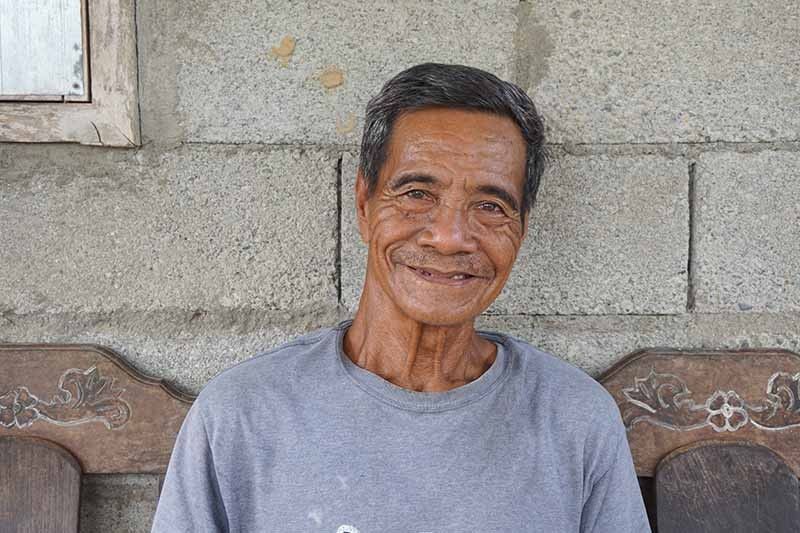
According to Gonzales, another measure to assess the Green Wall program is how much carbon dioxide or greenhouse gasses in the atmosphere are absorbed by the trees.
“I agree that [it is beneficial] for climate change mitigation—the Green Wall is very good. [But] you can’t measure it immediately. If the tree or the species they use are slow-growing trees, it’s hard to see even the ten years of age of the project,” she said.
Beyond reforestation projects, Gonzales hopes that the provincial government would consider afforestation or planting trees with no previous tree cover, specifically in coastal areas, to enhance resilience and adaptability to the effects of climate change.
For now, the most immediate and tangible effects are felt by the BROs in their communities. Quilling said that they no longer see or hear people cut trees because of their patrols.
However, Quilling noted that one of the challenges BROs experience in growing seedlings in the mountains, specifically during the wet season, is that these trees often struggle to thrive. That is why they already schedule planting activities during the rainy season, allowing the following months for maintenance.
To further safeguard the 100 hectares of mountains in their area, Ferrer recommended the increase of BROs in their community. However, he acknowledges the government's limited funding but hopes that it will be considered in the future.
“If there are no BROs in our community, I’m sure our mountains might have experienced massive deforestation,” Ferrer, the BRO president, said.
--
This story was supported by Climate Tracker Asia and the U.S. Embassy in the Philippines.
- Latest
























